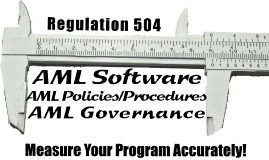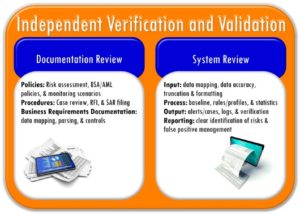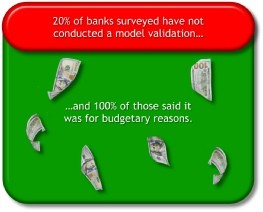On June 30, 2016, the New York State Department of Financial Services (“NYS DFS”) issued the final version Rule 504, “Banking Division Transaction Monitoring and Filtering Program Requirements and Certifications.” The Rule takes effect on January 1, 2017, with the first reporting date of April 15, 2018. In a sense, the Rule follows upon the […]





